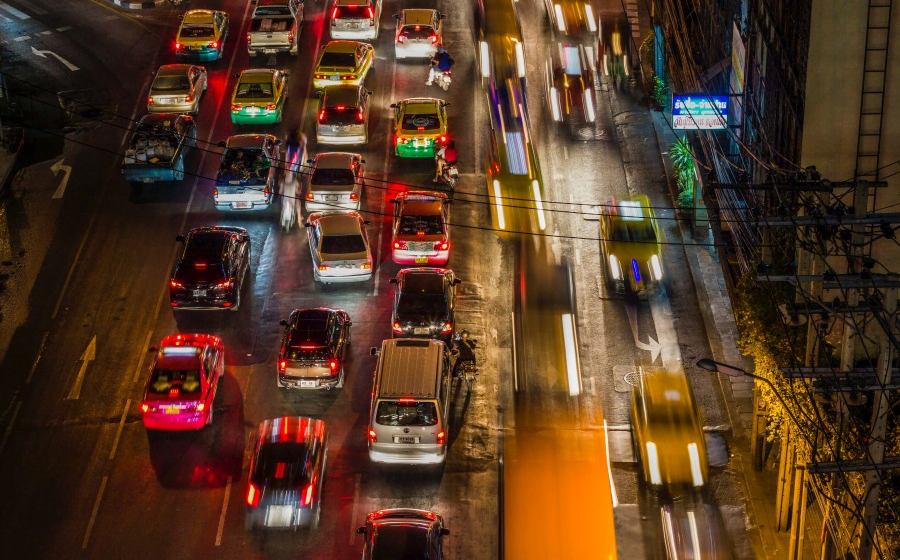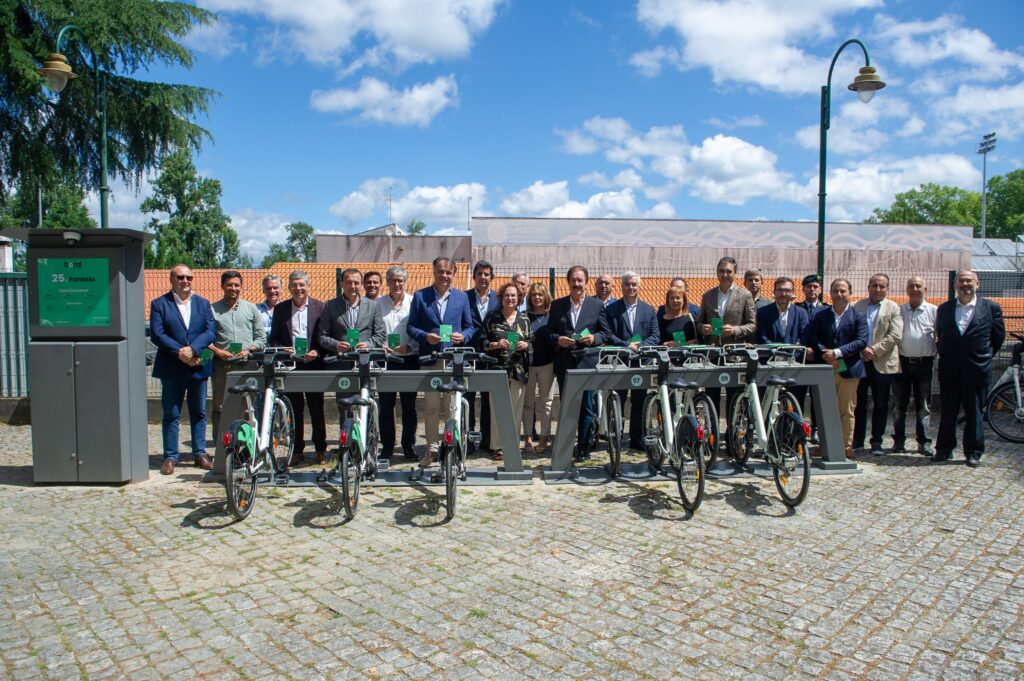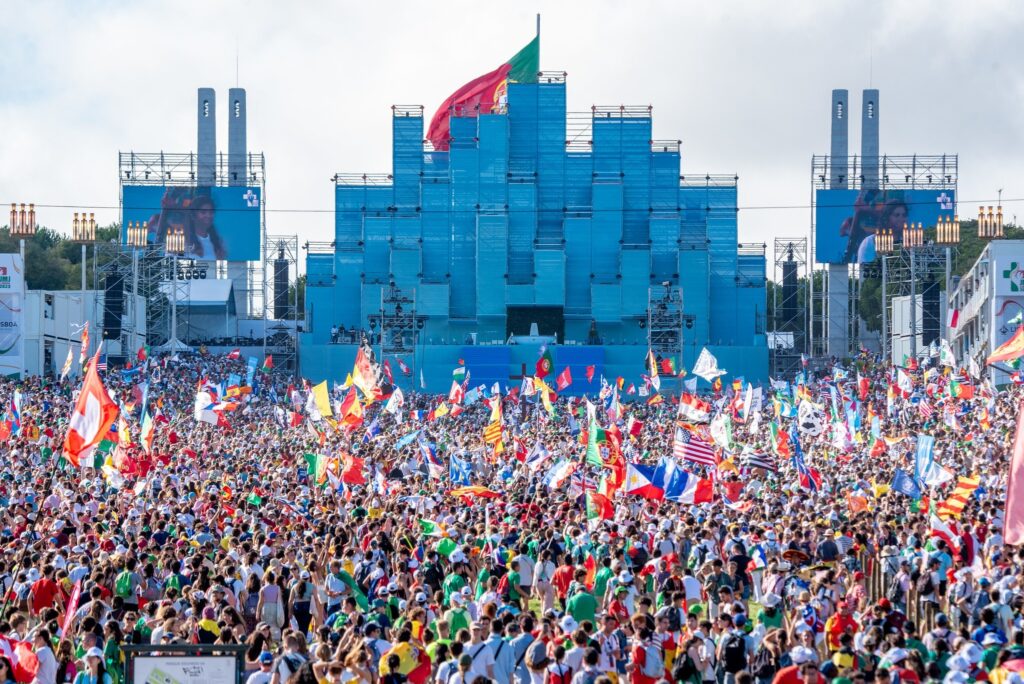Are EVs and AVs solutions for urban congestion?

It is undeniable that electric vehicles (EVs) pollute less than diesel vehicles. It is worth mentioning that this statement does not consider the source of the energy power and emissions related to manufacturing processes.
But let’s assume that, theoretically, EVs are a greener choice. And what about Autonomous vehicles (AVs)?
Although this technology is at an intermediate level of development, considering the number of deaths we face every year on our roads and streets, we can expect that this type of car can remarkably reduce the number of incidents and fatal accidents in the near future. Okay, these two technologies can revolutionise the way we drive. However, can they revolutionise urban traffic?
There is one economic concept that I would like to bring to the urban congestion discussion: scarce resources.
Resource scarcity happens when the demand for a natural resource exceeds the available supply. Street space is a “new type” of scarce resource.
You cannot buy it when you want it. In most cases, municipalities must do a challenging task: expropriation to gain more street space. According to the technical literature, expropriation is the act of a government claiming privately owned property against the owners’ wishes, apparently to be used for the benefit of the overall public. As you can imagine, in a democracy, this is a tricky and arduous process. The population and other stakeholders must be consulted adequately, and the decision-making process can take decades.
As public space cannot be easily created, how can we bring more space to people?
Perhaps the solution is to use this “resource” more efficiently. Can EV and AV be part of this solution? In my humble opinion, the answer is no. As said before, their contribution to greener and safer mobility is undeniable. However, they will not contribute to changing the status quo of public space usage. Promoting EVs and AVs as a solution to better urban mobility is not 100% accurate. An electric car occupies the same space as a diesel car. That classic picture showcasing the space consumption of a person inside a car and a bus is more actual than ever!
This substitution will not leave more room for pedestrians, cyclists, and people with reduced mobility. Urban congestion will remain the same. People will be stuck in a greener traffic jam but still in a traffic jam. Besides the GHG emissions reduction effect, cities will not grasp any competitive gains. Labour hours, for instance, will still be lost to urban congestion.

The solution for better cities must consider collective actions sharing urban space fairly for everyone.
Electrification is a vital step, but governments must pay attention to how to incentivize it in urban mobility. From my perspective, the first step is to invest in an electric fleet of buses with more dedicated space (bus lanes) and higher frequencies and services adapted to users’ needs. In sum, governments should make buses attractive! In addition, other measures can be taken: more investment in e-bike sharing systems, electric tram lines, rebuilding sidewalks and parks (green spaces), restricting parking in CBDs, and so on. In other words, the government should first provide a robust electric/greener public transport infrastructure and services rather than only give tax exemption and additional financial stimulus for purchasing EVs. These vehicles are a welcome technological breakthrough that improves air quality and road safety but are just part of the bigger picture solution.
At the end of the day, the problem is not having a car but using it during peak hours! First, to leave cars at home, people must have reliable and comfortable options comparable to the private car (electric or not). And here we are not touching the crucial social justice and inclusion issue.
This discussion deserves another full article! Incentivizing only the EVs rather than investing in public transit would benefit solely the richer. The less fortunate will still be trapped in poor-quality buses and spend hours stuck in traffic jams caused by those wealthier people in EVs (and AVs shortly). Therefore, the solution to curb urban congestion and make our cities more productive and liveable is not centred on the type of vehicles we drive but on eliminating the need to drive to move.
Latest news
All news
The Viseu Dão Lafões Intermunicipal Community presents new bike sharing service
A new bike sharing service was presented in the past days in Viseu Dão Lafões Intermunicipal Community (CIM Viseu Dão Lafões). This represents one of the sustainable mobility measures planned for the area: at VTM, we are proud to have supported CIM Viseu Dão Lafões in the development of the local sustainable mobility plans, which […]

VTM and Instituto Superior Técnico celebrate a new milestone: congratulations to João on his master’s graduation!
VTM supports scientific development in the transport and mobility sector by providing its expertise in co-supervising theses to obtain academic degrees. João Coragem, a student from Instituto Superior Técnico, defended his master’s thesis this week, having obtained a classification of 16/20 in a dissertation advised by prof. Filipe Moura and co-supervised by Isabel Pimenta on […]
